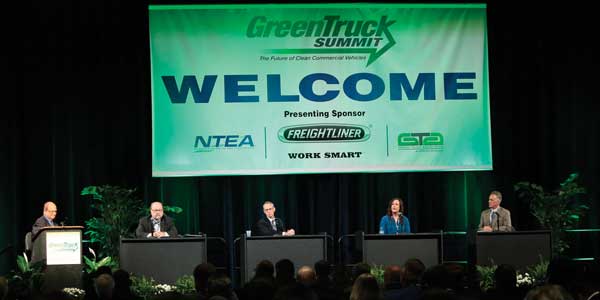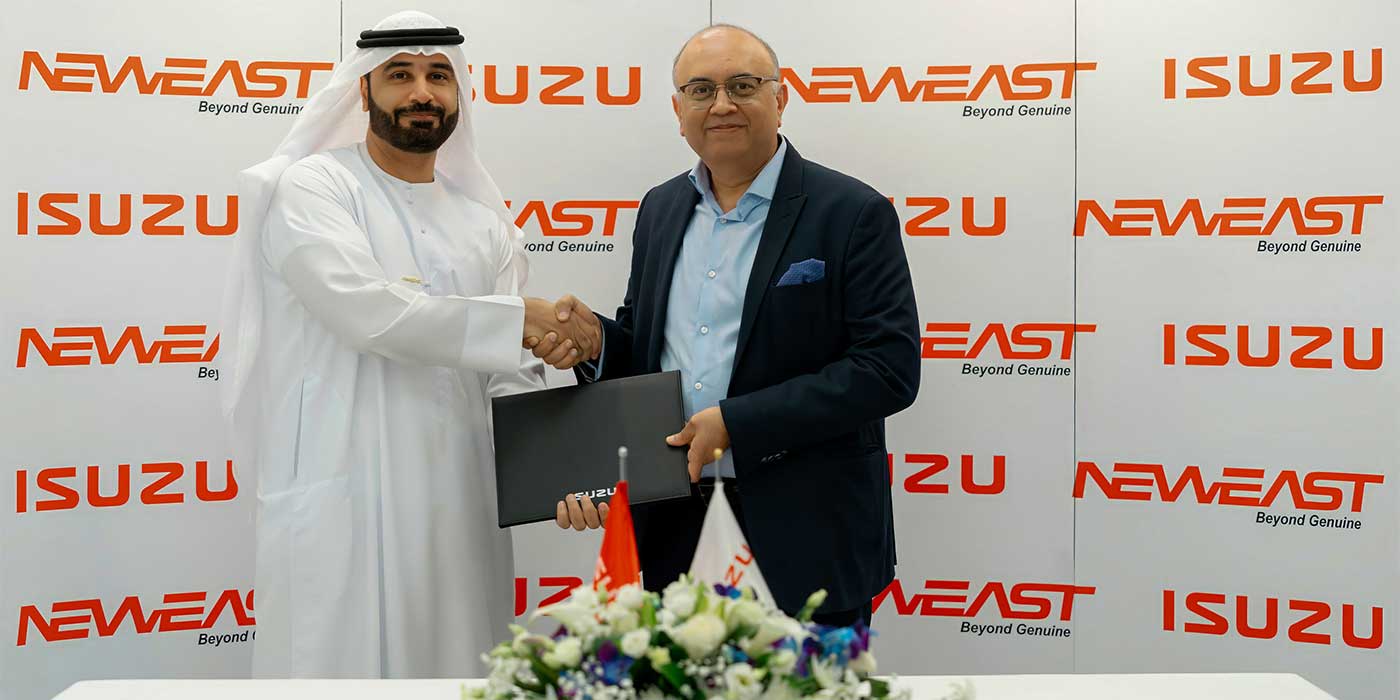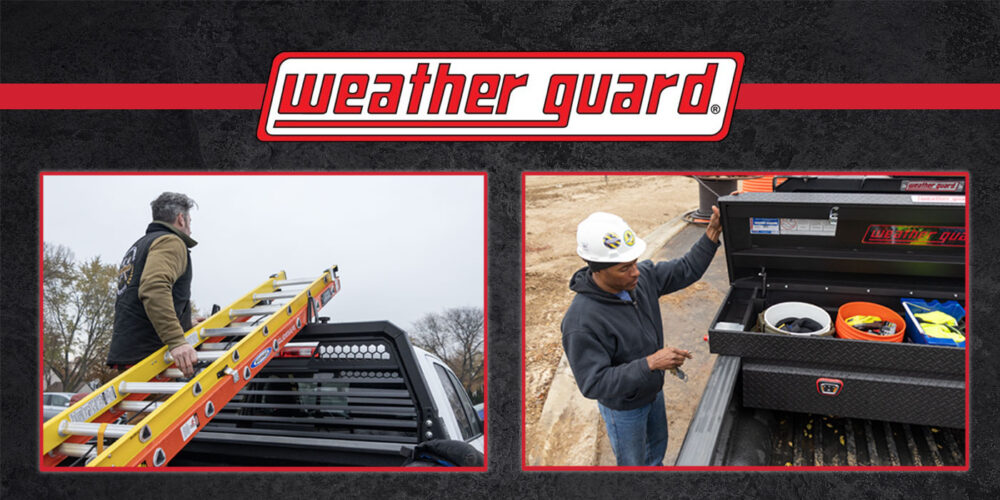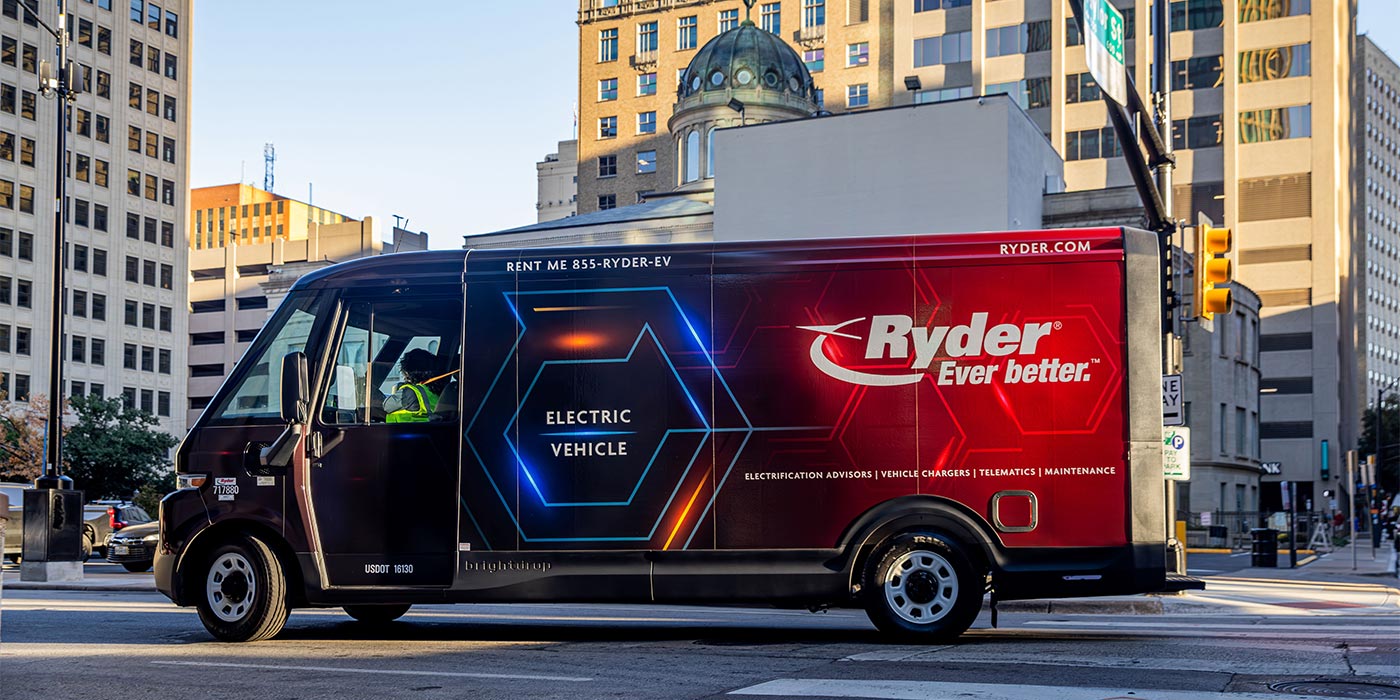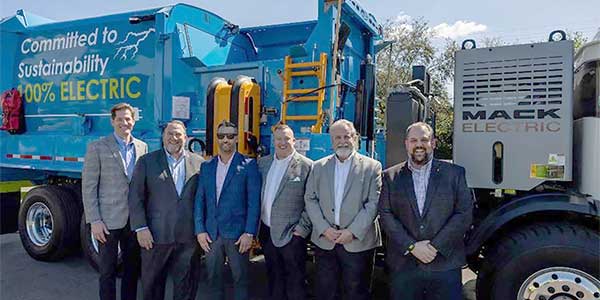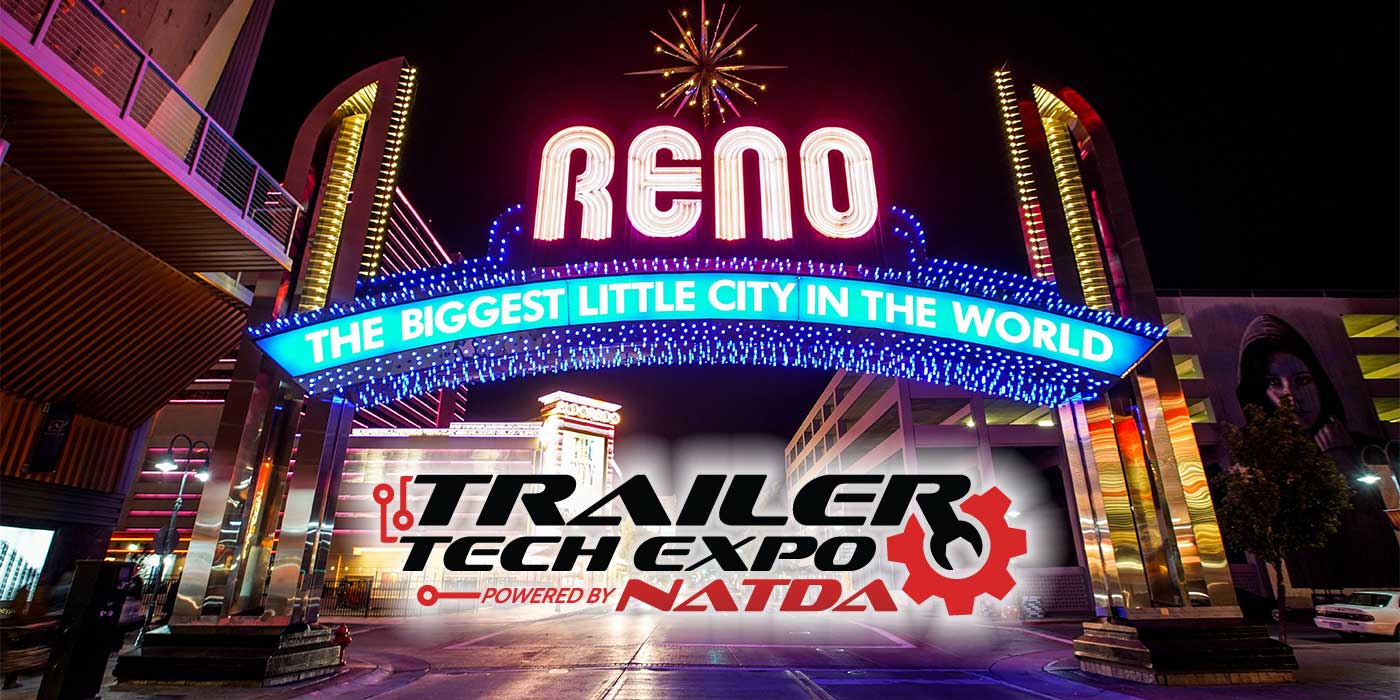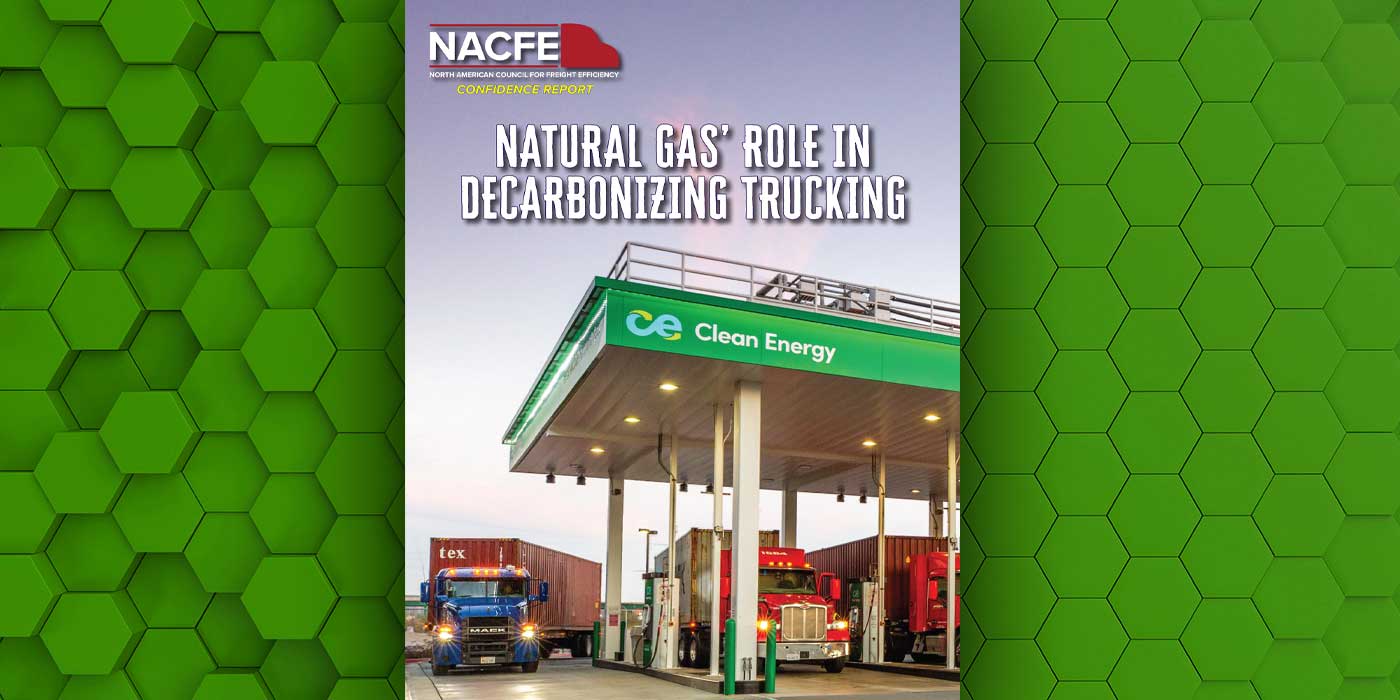If you’re looking for ways that alternative fuel vehicles can help enhance your company’s sustainability initiatives when the Greenhouse Gas (GHG) Phase 2 standards go into effect, manufacturers may have a new way to help expand your choices.
The Phase 2 standards jointly adopted by the U.S. Environmental Protection Agency (EPA) and the National Highway Traffic Safety Administration (NHTSA) for heavy-duty trucks, large pickup trucks, vans and all types and sizes of buses and work trucks start in model year 2021, increase in stringency in model year 2024, and are in full effect in 2027. Under the delegated assembly provision of the standards, chassis and engine OEMs can include any GHG-reducing technology or fuel as part of their compliance.
Some examples of those technologies include auxiliary power units, aerodynamic devices, hybrid components, electrification elements and natural gas fuel tanks.
That should be good news for truck manufacturers that offer light-duty, bi-fuel pickups and vans with certified conversion systems. The provision could also generate interest in alternative fuel platforms, including medium-duty natural gas (LNG or CNG) engines.
Those interested in that market have several choices from Cummins Westport, including the ISB6.7 G dedicated natural gas engine (available up to 240 HP) and the 8.9-liter ISL-G. The company also offers the ISL G Near Zero (NZ) NOx natural gas engine that is California Air Resources Board (CARB) certified as equivalent to a 100% battery truck using electricity from a modern combined cycle natural gas power plant.
Also helping expand and promote the market for natural gas-powered commercial vehicles by working with federal and state regulatory agencies to advance incentives is NGVAmerica. In 2016, the association continued its effort to educate members of Congress on the value of federal fuel and infrastructure tax credits, including the $0.50 per gallon equivalent credit/payment for the business use of natural gas as a transportation fuel.
At the federal agency level, NGVAmerica continues to monitor programs to ensure regulations and policies provide fair and equitable treatment for NGVs and encourage the expanded use of natural gas in transportation. For example, the association is providing information to the Federal Highway Administration (FHWA) on how the weight allowance for NGVs on federal highways impacts natural gas trucks.
NGVAmerica has also been working with the Commercial Vehicle Safety Alliance (CVSA) to ensure an aligned approach with state roadside enforcement officials and in 2016 secured adoption of a Diesel Gallon Equivalent Standard by the National Conference on Weights and Measures (NCWM).
The Phase 2 standards, NGVAmerica says, did not impose any burdensome new requirements on natural gas vehicles and overall the final regulation was a positive outcome. The association also feels that the standards might help provide advantages for NGVs over diesel engines in some applications in the future if emissions requirements for diesel compliance become increasingly difficult and expensive.
Meanwhile, the delegated assembly provision is on manufacturers’ minds and was the subject of a panel discussion at this month’s Green Truck Summit and The Work Truck Show 2017 entitled “Delegated Assembly Provisions in GHG Phase Two—A Potential Game-Changer for Multi-Stage Commercial Vehicles.”
“This new delegated assembly concept can potentially foster much greater clean energy innovation because GHG-reducing technology and fuel systems added to incomplete vehicles may qualify as part of engine maker or work truck OEM compliance,” explains Doyle Sumrall, NTEA’s managing director.
“Delegated assembly allows more parties to leverage the greenhouse gas reduction technologies they can put on a truck as part of the EPA compliance scheme,” Sumrall added. “It’s a great tactic to bring more minds to bear on expanding clean energy solutions for the work truck industry.”

